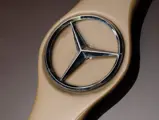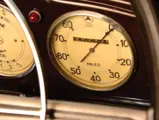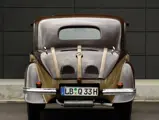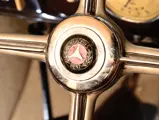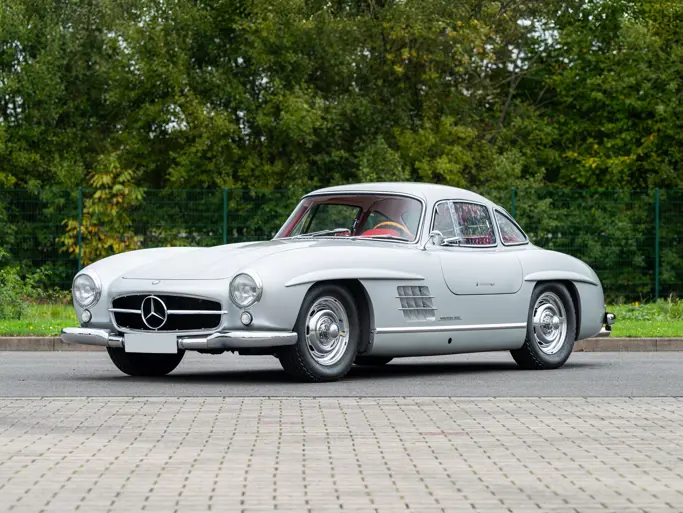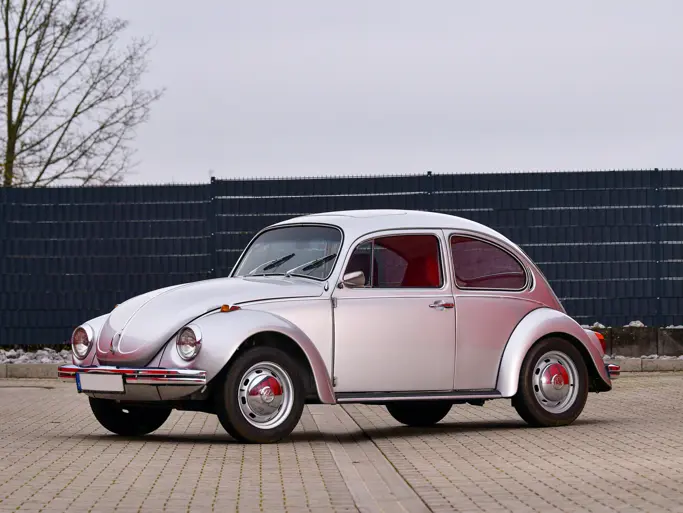26 hp, 1,308 cc air-cooled in-line four-cylinder engine, three-speed manual transmission with overdrive, leaf and coil spring front suspension, tubular backbone chassis. Wheelbase: 2,600 mm
• Previously owned by the Mercedes-Benz Museum
• Engine, brakes and electrical wiring restored 2011
• Predecessor to the Volkswagen Type 1 Beetle with design influence by Ferdinand Porsche
• Copies of all restoration invoices, German TÜV report and prior sale contract available for inspection
The Mercedes-Benz 130 was introduced at the Berlin show in February 1934. The 1,308-cc boxer engine was mounted longitudinally at the rear of the car, providing a top speed of 92 km/h. The 130 was available in sedan, open-top sedan and cabriolet versions. Much of its design was influenced by Ferdinand Porsche, the head of design and engineering at the time. As early as 1927, Daimler-Benz was experimenting with a swing-axle, rear-engine car which used a 1.3-litre four-cylinder, air-cooled, horizontally-opposed engine.
The 130H (‘Heckmotor’ or simply rear engine) was somewhat timidly introduced in the wake of a more conventional 170 front-engine car. It was no doubt the inspiration for Dr. Porsche’s Volkswagen Type 1 just a few years later. Porsche departed Daimler-Benz on the worst of terms, and it would be his successor, Hans Nibel, who arrived at the beginning of 1929, that became responsible for completing the engineering of the unique vehicle. In 1936, an improved 1.7-litre version was offered as a companion to the more conventional 170, but the “Mercedes-Benz Beetle” never caught on.
Prior to being secured by the Mercedes-Benz Museum in November 1993, this right-hand drive example resided in Australia. It was purchased in restored condition, though the brakes, engine, electrical wiring and portions of the body were again restored in 2011. The owner notes that the engine was restored by Motorentechnik Braun, a company that has restored several engines, including that of a 540 K, for the Mercedes-Benz Museum. It is painted a combination of two-tone light and dark brown, which highlights the curves of the streamlined body while contrasting nicely with the light brown leather interior.
The car was checked by the German TÜV and given full allowance to drive on the street. Its registration certificate, copies of all restoration invoices, TÜV report and sales contract of 1993 are available for inspection to prospective bidders. This historically significant example typifies German automotive innovation, with the engineering genius of both Dr. Porsche and Hans Nibel readily apparent.


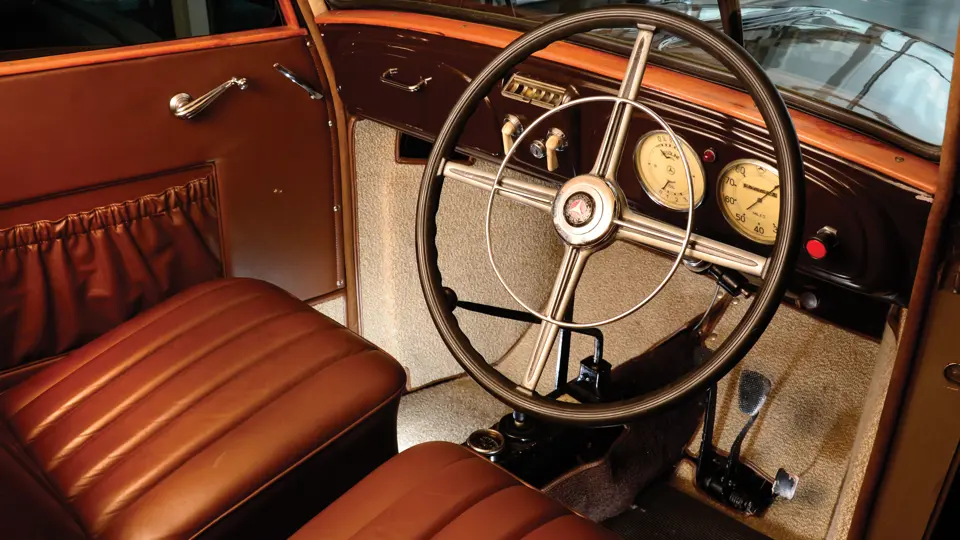





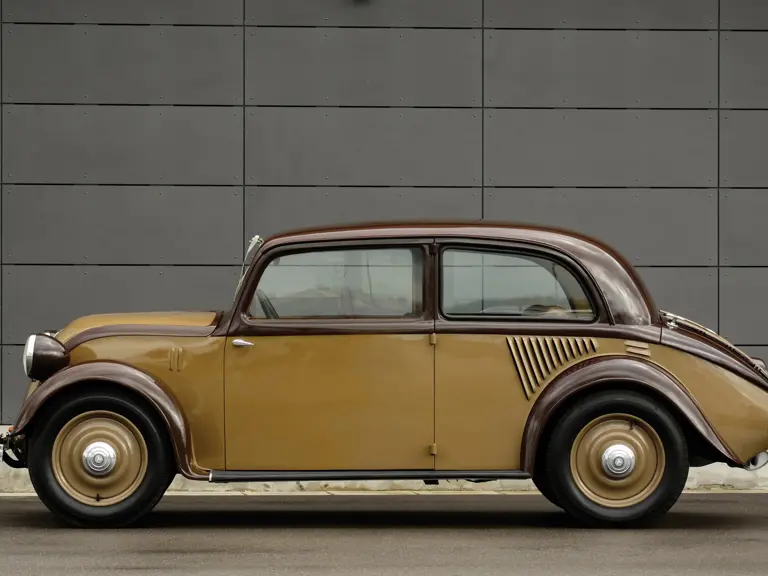
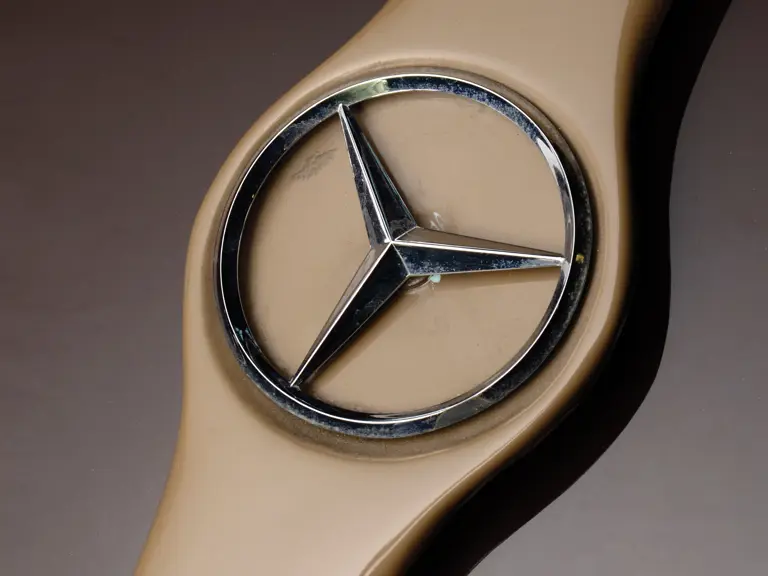
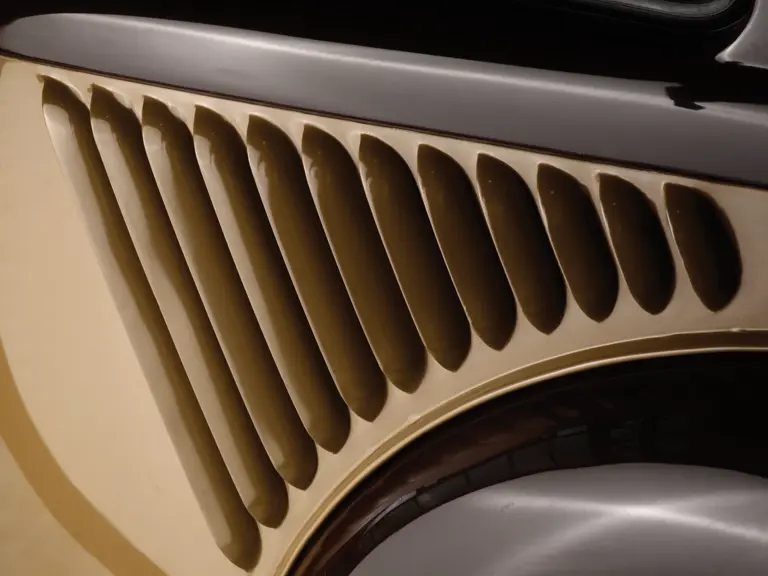
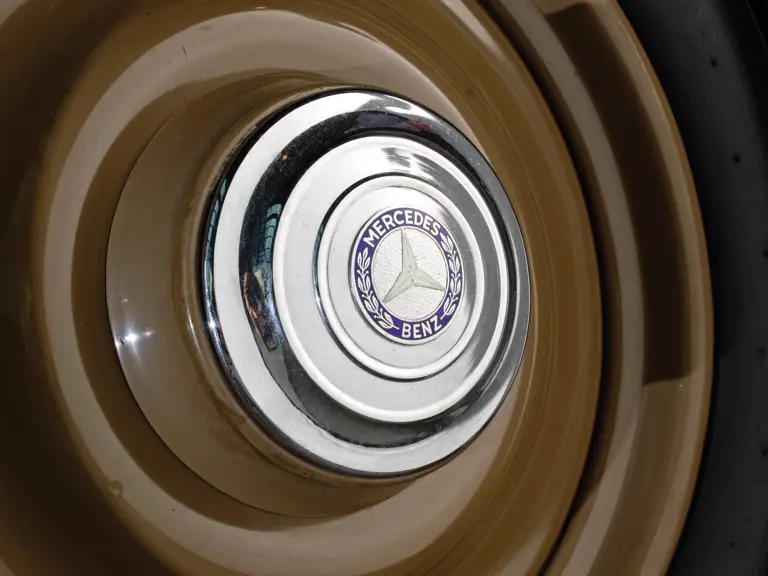


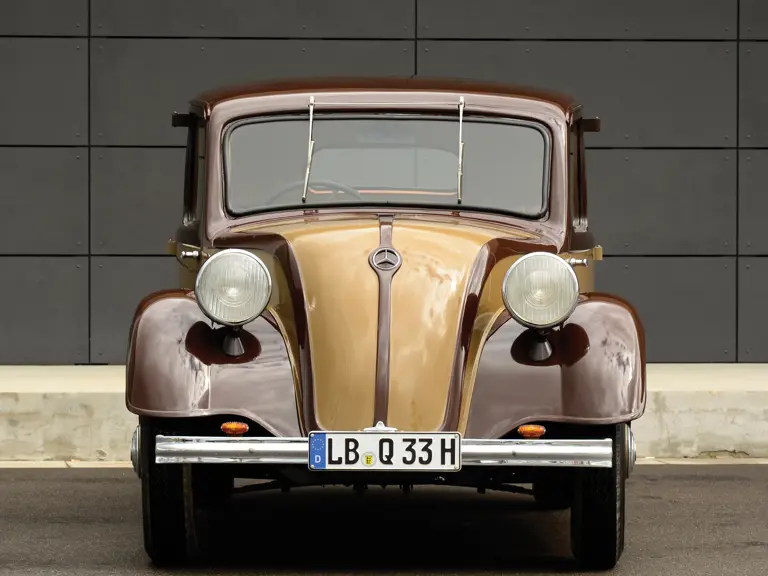
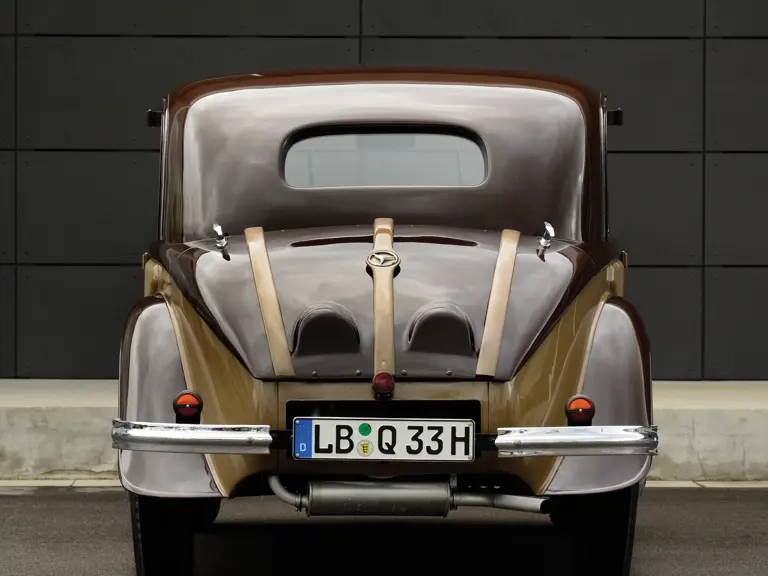
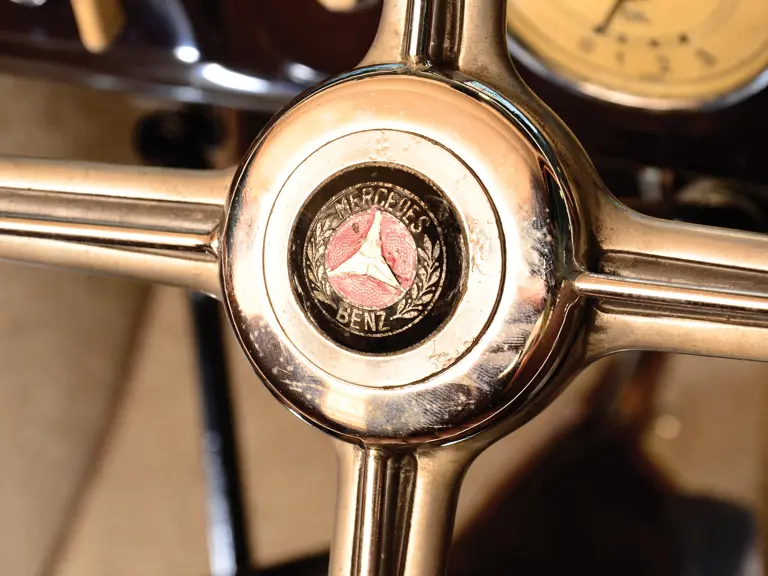

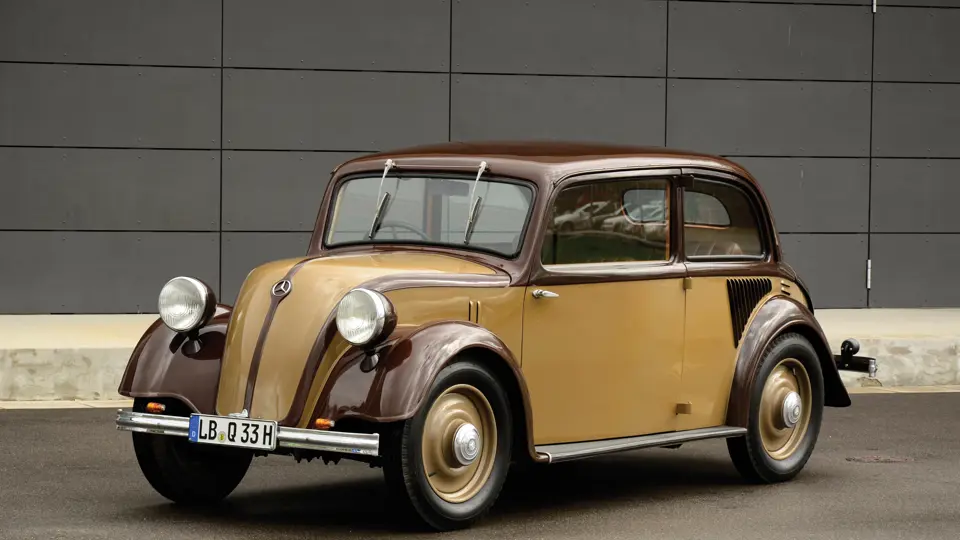
 | London, United Kingdom
| London, United Kingdom




